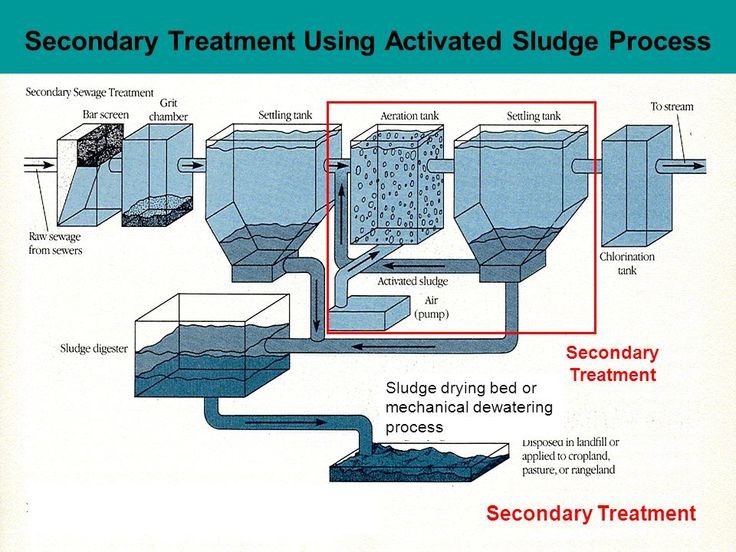Understanding Sewage Treatment Plants: A Vital Step Towards Environmental Sustainability

Sewage treatment plants (STPs) play a critical role in safeguarding public health and protecting the environment. As urban populations continue to grow, the proper treatment of sewage becomes paramount to prevent water pollution, promote cleaner water bodies, and maintain ecological balance. This article delves into the importance, functioning, and types of sewage treatment plants, highlighting their indispensable role in sustainable development.

Importance of Sewage Treatment Plants
Sewage, comprised of domestic and industrial wastewater, contains contaminants, pathogens, and pollutants that can pose significant health risks if left untreated. Untreated sewage released into water bodies can lead to the spread of diseases, harm aquatic life, and damage ecosystems. Sewage treatment plants address these concerns by effectively removing harmful substances, reducing the environmental impact of wastewater disposal.
Functioning of Sewage Treatment Plants
1. Preliminary Treatment: In this stage, large debris and solids are removed from the sewage using screens and grit chambers.
2. Primary Treatment: Sewage undergoes sedimentation, where heavier solids settle at the bottom of tanks, forming sludge, while the clarified water moves on for further treatment.
3. Secondary Treatment: In this phase, biological processes are employed to break down organic matter and remove nutrients. Activated sludge systems and trickling filters are commonly used methods.
4. Tertiary Treatment: This optional step further purifies the water, removing additional contaminants and nutrients. Techniques such as sand filtration, disinfection, and advanced oxidation are utilized.
Types of Sewage Treatment Plants
1. Conventional Activated Sludge Plants: These are the most common type of STPs, utilizing microbial processes to break down organic matter. Aeration tanks foster the growth of beneficial bacteria that consume pollutants.
2. Trickling Filter Plants: In this method, sewage is sprayed over a bed of rocks or plastic media, allowing microorganisms to develop and treat the wastewater as it trickles through.
3. Rotating Biological Contactors (RBCs): RBCs consist of rotating discs with a biofilm that hosts bacteria to degrade organic matter. As the discs rotate, they come into contact with the sewage, promoting treatment.
4. Sequencing Batch Reactors (SBRs): SBRs treat sewage in batches, undergoing cycles of filling, aeration, settling, and decanting. This flexibility allows for efficient nutrient removal and sludge management.

Environmental Benefits
Sewage treatment plants play a pivotal role in protecting aquatic ecosystems. Properly treated wastewater can be safely released into rivers, lakes, or oceans without causing harm. Moreover, the sludge generated during the treatment process can be processed and repurposed for agricultural use or as a source of energy through biogas generation.
Challenges and Future Outlook
Despite their benefits, sewage treatment plants face challenges such as aging infrastructure, inadequate funding, and the need for advanced treatment technologies. To address these issues, investments in modernizing STPs, promoting water conservation, and implementing decentralized treatment systems are crucial steps for ensuring long-term sustainability.
Conclusion
Sewage treatment plants are indispensable components of modern urban infrastructure, serving as guardians of public health and environmental well-being. Their role in efficiently removing pollutants and contaminants from wastewater cannot be understated. As societies continue to grow and urbanize, it is imperative to prioritize the development, maintenance, and advancement of sewage treatment plants to ensure a cleaner, healthier future for generations to come.







